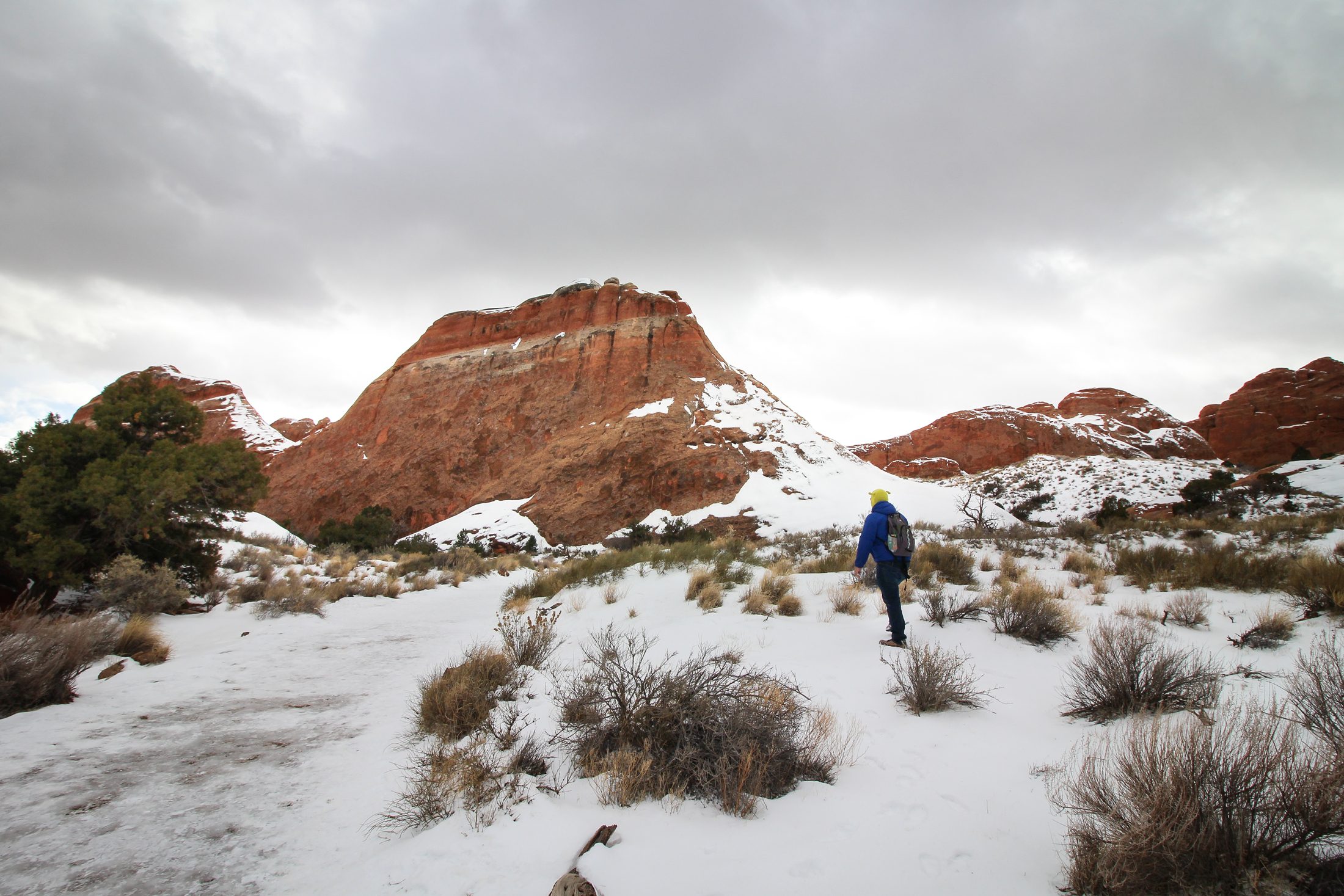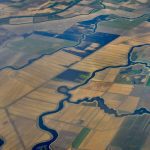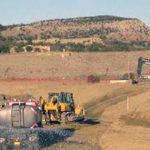- Colorado approved its first warm-weather modification permit.
- Utah authorized its first ionization-based weather program.
- Both installations cover up to 360 square miles each.
- Technology uses electrical charge to enhance natural precipitation.
- The Colorado program focuses on rainfall, while the Utah program includes snowpack.
Thursday, November 20, 2025 — Two western states have approved the first installations of ionization-based weather modification systems in the United States. Rain Enhancement Technologies received one permit from Colorado on November 11, 2025, and another from Utah on November 18, 2025. The dual approvals represent a notable step for states seeking additional tools to manage persistent drought and declining water supplies.
received one permit from Colorado on November 11, 2025, and another from Utah on November 18, 2025. The dual approvals represent a notable step for states seeking additional tools to manage persistent drought and declining water supplies.
Colorado’s authorization through the Colorado Water Conservation Board allows the company’s Weather Enhancement Technology Array to operate near Gill through October 31, 2026, with a possible five-year renewal. Utah’s permit, issued by the Utah Division of Water Resources, authorizes a second system in Grand County. Both installations began operating in October and November.
The company describes its technology as a ground-based ionization system that creates electrically charged aerosols. These particles rise into cloud layers, encourage condensation, and stimulate precipitation. Unlike traditional cold-weather cloud seeding that disperses silver iodide during winter storms, the ionization approach is chemical-free and powered by solar energy.
Colorado’s First Warm Weather Program.
The installation in Weld County marks Colorado’s first warm-weather modification program . According to the company, the system can influence an area of approximately 360 square miles, or roughly 230,000 acres of agricultural land. Previous trials cited by the company indicate potential rainfall increases of 15 to 18 percent, although the state will evaluate the results through its normal report and oversight process.
. According to the company, the system can influence an area of approximately 360 square miles, or roughly 230,000 acres of agricultural land. Previous trials cited by the company indicate potential rainfall increases of 15 to 18 percent, although the state will evaluate the results through its normal report and oversight process.
Colorado’s agricultural sector consumes a substantial share of the state’s developed water supply, and many farmers have dealt with reduced allocations in recent years. Andrew Rickert, the Weather Modification Program Manager for the Colorado Water Conservation Board, stated that the permit is structured with strict safety protocols, real-time weather monitoring, and automatic shutdown requirements during National Weather Service severe weather warnings. The state expects the project to produce data that may help determine whether warm-weather ionization can complement existing snowpack-focused cloud-seeding programs.
Utah’s First Ionization-Based Program With a Snow Focus.
The Utah project expands the company’s approach beyond rainfall generation to include snow enhancement. Utah relies heavily on mountain snowpack, which provides about 95 percent of the state’s water supply. State officials and agricultural producers have faced prolonged drought for much of the past two decades, and reservoir levels have declined following another dry summer.
expands the company’s approach beyond rainfall generation to include snow enhancement. Utah relies heavily on mountain snowpack, which provides about 95 percent of the state’s water supply. State officials and agricultural producers have faced prolonged drought for much of the past two decades, and reservoir levels have declined following another dry summer.
The Grand County installation covers an area similar in size to the Colorado deployment. A unique feature highlighted in the Utah permit is the system’s focus on the fall and early spring periods. State and company representatives noted that increasing soil moisture before winter may help improve snowpack formation and spring runoff.
Utah officials will oversee operational records, inspections, and reporting requirements. The company will also provide reports to federal agencies, including the National Oceanic and Atmospheric Administration.
International Background and Trials.
Rain Enhancement Technologies has deployed similar systems internationally. The most notable example is a six-year project in Oman’s Hajar Mountains, where researchers published findings in the Royal Statistical Society describing statistically significant increases in rainfall. These studies are among the peer-reviewed sources the company cites when describing expected outcomes.
has deployed similar systems internationally. The most notable example is a six-year project in Oman’s Hajar Mountains, where researchers published findings in the Royal Statistical Society describing statistically significant increases in rainfall. These studies are among the peer-reviewed sources the company cites when describing expected outcomes.
The systems in Colorado and Utah operate autonomously, powered by solar energy, and do not disperse chemical agents. Both states describe the technology as a supplement to existing water management strategies rather than a replacement for other programs.
Oversight and Permit Requirements.
Both permits require extensive record-keeping and reporting. Colorado requires annual target-control evaluations and detailed performance reports. Utah requires operational records, equipment inspections, and coordination with multiple state and federal entities. Each system must suspend operations during conditions that could create safety concerns.
As interest in alternative water strategies grows across the West, these two deployments will provide some of the first U.S. data on the performance of ionization-based weather modification systems under domestic regulatory frameworks.
FAQ
What is ionization-based weather modification?
It is a method that uses electrically charged particles to encourage condensation within clouds. These particles can rise into cloud layers and help stimulate precipitation. The systems in Colorado and Utah use ground-based equipment powered by solar energy.
How does this differ from traditional cloud seeding?
Traditional cold weather cloud seeding disperses silver iodide particles into winter storm clouds to increase snowfall. Ionization systems do not use chemical dispersants and can operate during warm weather, cold weather, or shoulder seasons.
How large are the project areas?
Each installation covers up to roughly 360 square miles. In Colorado, this includes approximately 230,000 acres of agricultural land in Weld County. Utah’s project focuses on high-elevation areas that influence snowpack.
What level of precipitation increase is expected?
The company cites peer-reviewed trials showing increases of 15 to 18 percent. State agencies will evaluate actual performance through reports and oversight requirements.
Why are Colorado and Utah interested in this technology?
Both states experience long-term drought, reduced water allocations, and significant pressures on agricultural and municipal supplies. Utah relies heavily on mountain snowpack, and Colorado continues to face climate-related uncertainty over rainfall and streamflow. The states describe ionization as one additional tool within broader water management efforts.
Is the technology considered safe?
State permits include strict operational rules, weather monitoring, automatic suspension protocols, and coordination with emergency officials. Both installations are chemical-free and powered by solar energy.
What happens next?
Colorado’s permit runs through October 31, 2026, with a potential multiyear renewal. Utah’s program will submit required reports to state and federal agencies. Both states will evaluate performance data to determine whether the technology provides measurable long-term benefits.





